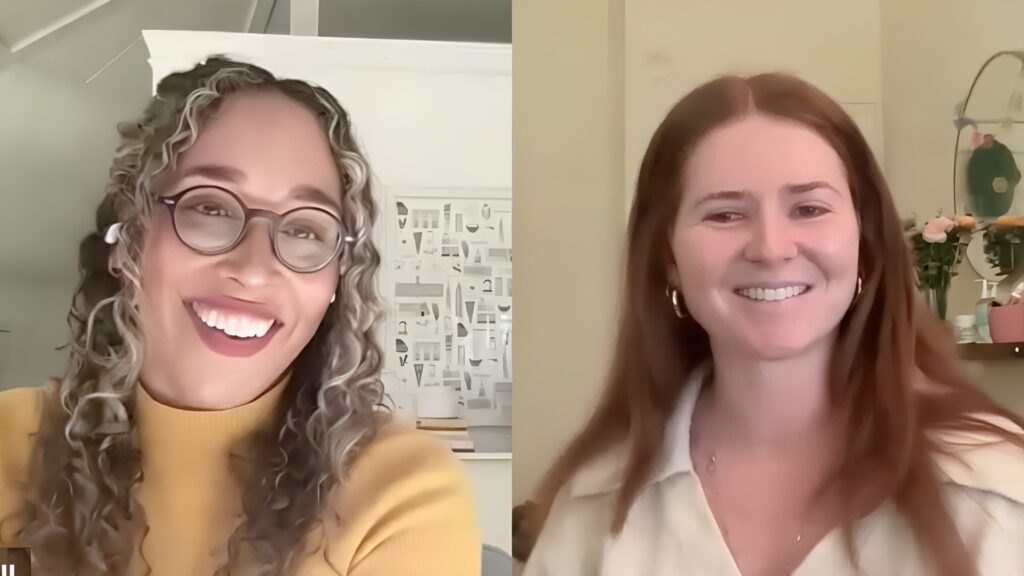Even with the availability of new communication tools, I find that email remains the predominant channel for business-to-business (B2B) sales and marketing. But while it feels productive to build your database and send emails, B2B buyers don’t want to be inundated with irrelevant emails, unsolicited calls or give up their anonymity to find out about your solution.
The growing disconnect between how modern B2B buyers want to buy and marketing’s over-reliance on tactics of the past is preventing us from successfully engaging with prospects. This is a gentle way of saying your outdated tactics have prospects sending your messages straight to the trash. Or as I like to say, you’re giving customers a one-way ticket to Unsubscribe Island.
We have to recognize that buyers are in control of the information flow — the type, timing and frequency of their interaction with us. So we’ve got to embrace this new reality by aligning our outreach with how buyers actually want to buy to create a better experience.
The question is how?
There is a lot of hype (rightfully so) around the value of an account-based approach. When marketers opt for an account-based strategy, they opt for quality over quantity, and by doing so, results can soar. At 6sense, we break account-based marketing (ABM) into five steps:
- Selecting the best accounts.
- Knowing about them.
- Engaging the right way.
- Collaborating with sales.
- Tracking the real stuff.
If you want to avoid sending customers to Unsubscribe Island, the first three steps are a must.
1. Select the best accounts.
It seems obvious, but the first question you should ask is if it is a good account to go after. Too often, we just want more, without considering whether we can add value to the account.
Do you have success in the company’s industry, with companies of similar size or with the technology stack the company uses? It all comes back to a well-defined ideal customer profile (ICP) — the first and most critical step in developing your ABM program.
2. Know about them.
It’s critical to understand the account attributes — what makes these accounts similar, what they really care about, the buying team personas and how to create value.
Persona Attributes: What’s the makeup of the buying team? Are members engaging? Use artificial intelligence (AI)-based insights to identify which members of the buying team are engaged. How have others in that role benefited? What about this role is hard?
Behavior: What do they actually care about? Most buying behavior is anonymous, so third-party intent data is critical here. What specific topics matter most to this buying group? For example, If ABM is a top research keyword, provide commercial insights on ABM versus demand generation. Use the intent keyword in your email subject line.
Timing: This is where the magic happens. AI-based predictive analytics can determine exactly where an account is in the buying journey. This is critical because if an account is not interested, we shouldn’t waste time trying to engage. As interest grows, our engagement strategy and message can change at every stage of the buyer journey.
3. Engage the right way.
This means no spam — do not send unsolicited or junk mail in bulk and for commercial purposes.
If you’ve done steps one and two, you have likely created a micro-segment of accounts or even targeted personas. This micro-segmentation coupled with your insights gained in step two ensures you are personalizing your message for all four categories above (account, persona, behavior, timing).
Don’t get lazy with personalization, thinking if you just insert a company name or know the industry that you’ve personalized the message. The real point of personalization is to add value. It may sound simple, but it can be extremely difficult to execute at scale.
So, what’s the right balance?
I can spend minutes or hours researching a company to create an email. It goes back to the four factors above and ensuring these insights are available and incorporated into the email engagement strategy.
At 6sense, we built something called a ValueCard. It’s a riff on a competitive battle card, but rather than a cheat sheet on how we compare to others in our space, it shows how to add value to each key persona on the buying team. This is done by linking an intent keyword to what each persona really cares about, all driven by AI to identify the right personas in a deal, and how each keyword relates to those different personas.
In order to break your spam addiction, you must embrace other channels. The right channel is driven by timing and signal. If it’s in the early stage, an email may not be appropriate, but perhaps a display campaign is a better choice to start engagement. If you have an indication (based on real intent signal) that it’s actually a good time to email, continue to embrace a multichannel approach, particularly when structuring your first sales engagement interactions.
In summary, an ABM strategy coupled with insights and orchestration will ensure proper segmentation and proper messaging. AI-driven insights will give you what you need to understand when it’s the right time to email, and when it’s time to engage on other, deeper channels. Finally, personalize to add real value. We’ve seen significantly better results with this approach, so I can tell you it’s worth it!







